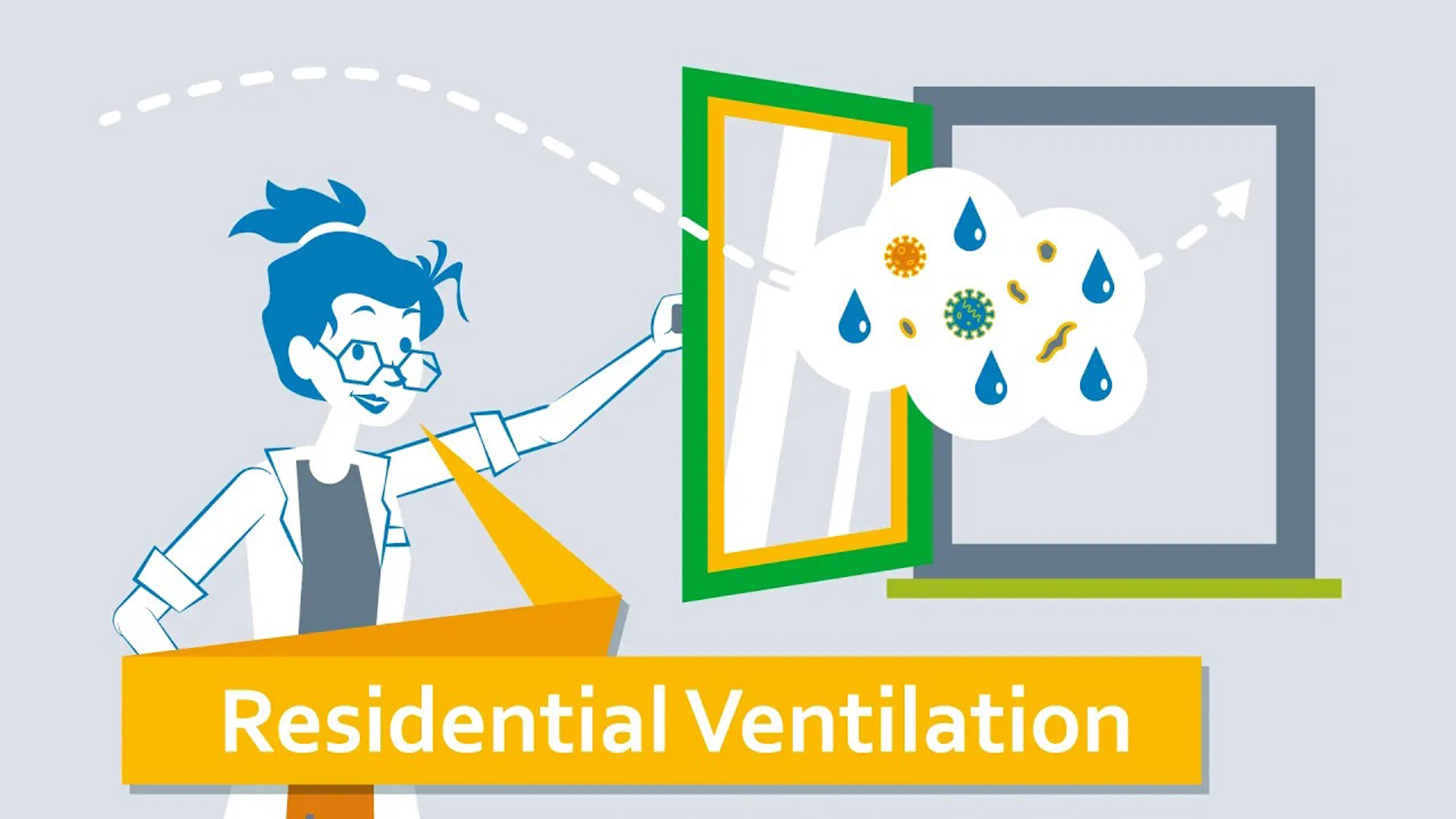Air exchange is especially important in renovated houses and new buildings, as they are almost airtight. As a result, they hardly lose expensive heat energy, which is good for the environment, but there is also hardly any air exchange. Mold can be the result.
To avoid this and still not have to ventilate and thus lose energy, ventilation systems help. Ventilation systems work with heat exchangers. There are two types of ventilation systems: centralized and decentralized. Decentralized systems can be easily retrofitted in the case of energy-efficient renovations. In new buildings, a central ventilation system usually supplies all the rooms to be ventilated via a branched pipe system.
The room utilization plays a decisive role here. A distinction is made between supply and exhaust air rooms. While a living room, for example, is a typical supply air room, the bathroom, on the other hand, is an exhaust air room from which the moist air is removed. In this way, the thermal energy is retained in the house. Whether the ventilation system is centralized or decentralized, the systems must have high energy efficiency, as they permanently supply us with fresh air. Reversible fans can supply us with fresh air or remove the exhaust air at short intervals.
At the same time, the ventilation system keeps pollen and other particles out of the house. Ventilation systems can save up to 50 percent of heat energy, which can be used for other nice things in the house.

Leave a comment